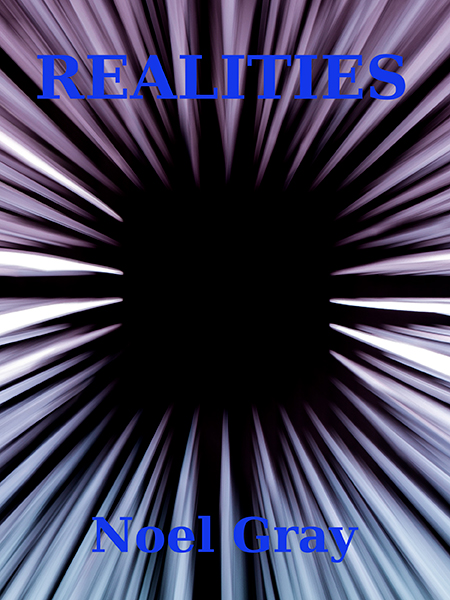This is a series of books that cover a period of twenty-five or more years of academic writing by the author. Some essays in this series have previously appeared as book chapters in other scholars’ publications, while several appeared as articles in numerous American, Australasian, Middle Eastern, and European academic journals. Other essays originated as conference papers, and several as invited responses to keynote and conference speakers; a few have been re-drafted from guest lectures given by the author. The last in the series, Screens, is a scaled-down version of the author’s doctoral thesis in which he initially developed his early ideas concerning the philosophy of geometry. Other elements from the thesis also appear throughout the rest of the series.
The themes included in the entire series range from philosophy to geometry, from aesthetics to cultural studies, and from science to fine arts. Many have either as a central or as a cursory element the role that geometry, and by extension, the image, play in the production and construction of meaning in both the sciences and the humanities. Others touch on the truth claims made by various disciplines, while some seek to examine obliquely the porous nature of what many disciplines consider their boundaries. The role and mercurial nature of specific metaphors is also a recurring theme in many of the essays.
In most cases, the texts have been wholly or partially trimmed of their original academic format in the hope of making their contents more appealing to a wider audience.
Edges
Certain ideas are axiomatic to navigating and defining existence. As necessary markers they are generally considered to be unproblematic in their everyday use and understanding. This is rightly so, because any unbridled and ceaseless challenge to their obvious necessity would result in a constantly stalled experience of existence. One other such experiential necessity, and perhaps even the most important one at the level of the everyday, is that of the Edge. All concepts of difference, from the ethereal to the material, from the ideal to the empirical, from words to things, from desires to actions, from past to present to future, demand some form of border in order to differentiate each from each, this from that.


Exits
The four essays in this collection revolve around a basic question: after the shocking and irredeemable acts of genocide in the mid-20th century, do we now live in the twilight of one of the main platforms that inform western philosophy? Has the Platonic legacy (and its influence on a wide range of disciplines from science to the arts) exhausted itself, or is it simply undergoing a recalibration, adopting a different face as it searches for a means of escape from any accusations of blame? If it is indeed looking for an exit, then where will such a doorway lead?
Realities
The need to explain creation and all that followed is quite possibly the most enduring activity of thought. Throughout the history of western culture it has taken many forms, all of which have about them the air of universality, or at the very least, inevitability. Since the renaissance, this activity has morphed into basically two combatant camps, the believers in faith and the pursuers of proof: is existence, and its attending realities a result of a singular who, or a multiple what – divine intervention or laws of Nature? Some argue for both. Here, in these essays, my interest lies solely in exploring some theories of reality that have emanated from certain disciplines in the sciences and humanities.


